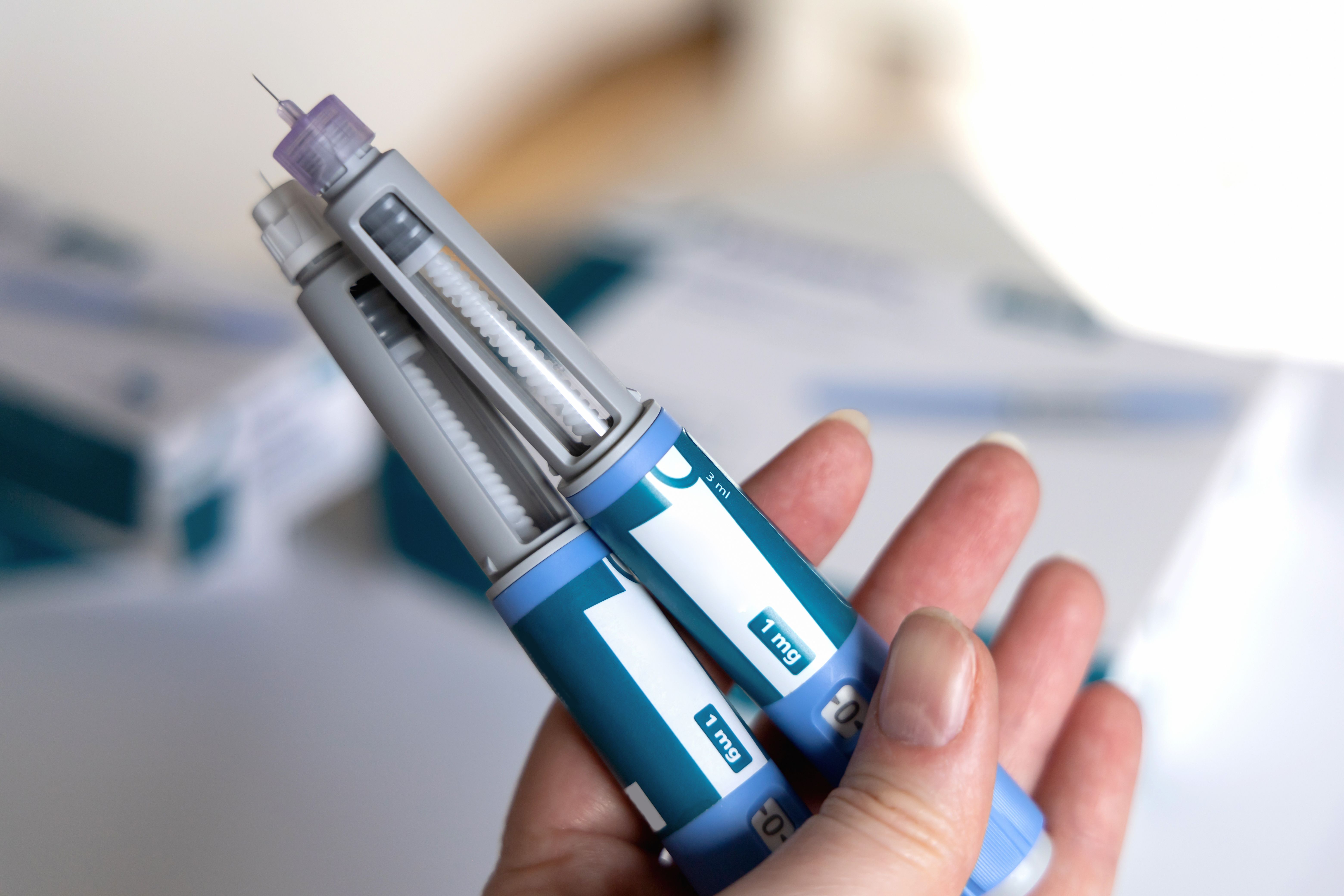Article
Healthier Lifestyle Can Improve Long-Term Type 2 Diabetes Risk
Author(s):
Patients who engage in lifestyle changes can effectively prevent or at least delay a lifelong, chronic disease.
When it comes to patients at risk type 2 diabetes (T2D), lifestyle modification (LSM) can sustain positive effects on prevention of developing the condition in the long-term, according to the results of a systematic review.
Done by J Sonya Haw, MD, assistant professor of medicine at Emory University School of Medicine, Karla Galaviz, PhD, MSc, co-first author, Mohammed Ali, MBChB, MSc, MBA, senior author, et. al, the review analyzed the findings of 43 studies in the MEDLINE, EMBASE, Cochrane Library, and Web of Science databases, that included a total of 49,029 patients. The studies all evaluated LSM (n = 19), medication interventions (n = 19), or both in combination (n = 5) of longer than 6 months for patients at risk for diabetes.
“Our meta-analysis shows that changing lifestyle behaviors can prevent progression to diabetes long-term,” Haw told MD Magazine. “While behavior change is difficult to ‘prescribe’ effectively, physicians should be motivated by the fact that patients who engage in these lifestyle changes can effectively prevent or at least delay a lifelong, chronic disease that is not only challenging and costly to treat but often causes significant comorbidities that will impair quality of life. The medical community needs to start focusing more on prevention efforts if we are to stand a chance at controlling the ever-growing epidemic and costs of diabetes worldwide.”
Overall, LSM was associated with a relative risk (RR) reduction of 39% (RR, 0.61; 95% CI, 0.54-0.68), while medications were associated with a reduction of 36% (RR, 0.64; 95% CI, 0.54-0.76). The risk differences (RDs) were observed as well, resulting in an RD for LSM and medication of 4.0 cases per 100 person-years, or a number-needed-to-treat of 25 (95% CI, 1.8-6.3).
The LSM interventions sustained their effects on reducing the risk for several years longer than the medication interventions. The RR reduction after the follow-up periods for LSM was 28% (mean follow-up 7.2 years; RR, 0.72; 95% CI, 0.60-0.86) while medication interventions showed no sustained RR reduction (RR, 0.95; 95% CI, 0.79-1.14).
“Clinicians should be encouraged that diabetes can be effectively prevented in those at high risk, by both lifestyle changes and certain medications,” Haw said. “However, patients have the best chance at long-term prevention with fundamental changes to their daily lifestyle - increasing physical activity and healthy diet.”
Haw noted that role the physician plays is a more communicative one. She said that the physician should operate as a connector of “patients with suitable diabetes prevention resources and programs being delivered by health systems and community organizations, and to follow up and encourage long-term adherence to the lifestyle changes patients have been taught about.”
The results of the study ultimately pointed to healthy LSM, weight loss, or the use of insulin-sensitizing medications as proper methods to slow the progression to diabetes for at-risk patients, with LSM strategies showing the most promise for long-term consideration.
Barriers still exist for the implementation of LSM for patients with diabetes. Haw said that there is no “magic pill” that patients can take to improve their condition.
“Delivering diabetes prevention services at scale is challenging in any context,” she said. “In the US especially, payers for health care have slowly started to come around to reimbursing for diabetes prevention services. More research is needed to help evaluate the various methods of delivery, engaging patients/users, and financing prevention services in the US’ market-oriented health care.”
Haw stated that this study emphasized the added value of engaging in lifestyle changes long-term, adding that those changes would “hopefully provide motivation for payers and those in preventive service delivery to continue to stay the course.”
This article was originally published by MD Magazine.
Newsletter
Stay informed on drug updates, treatment guidelines, and pharmacy practice trends—subscribe to Pharmacy Times for weekly clinical insights.






